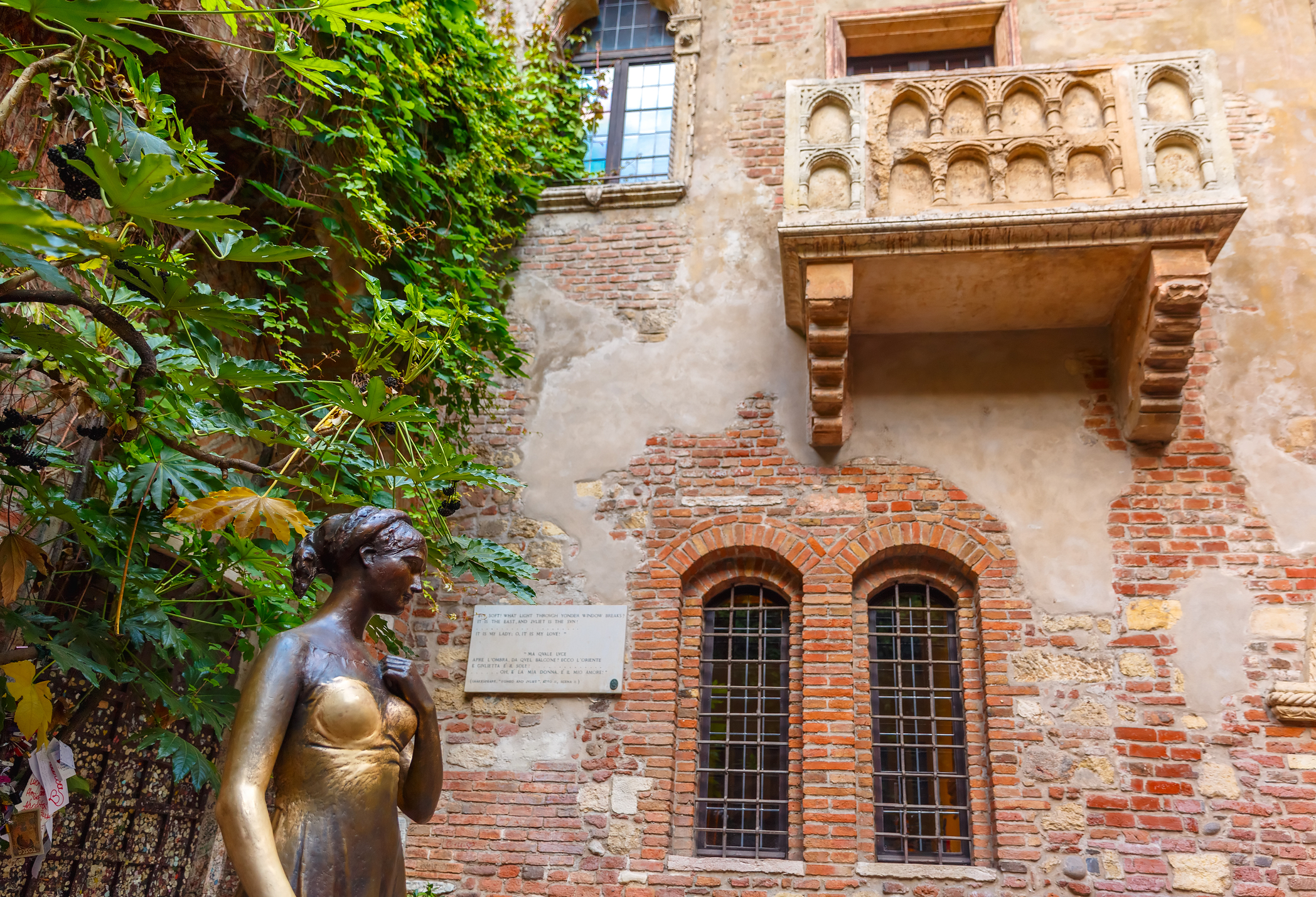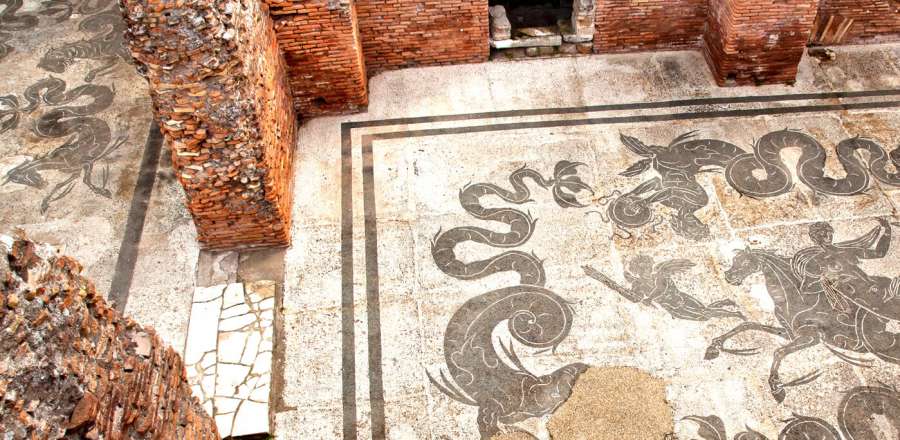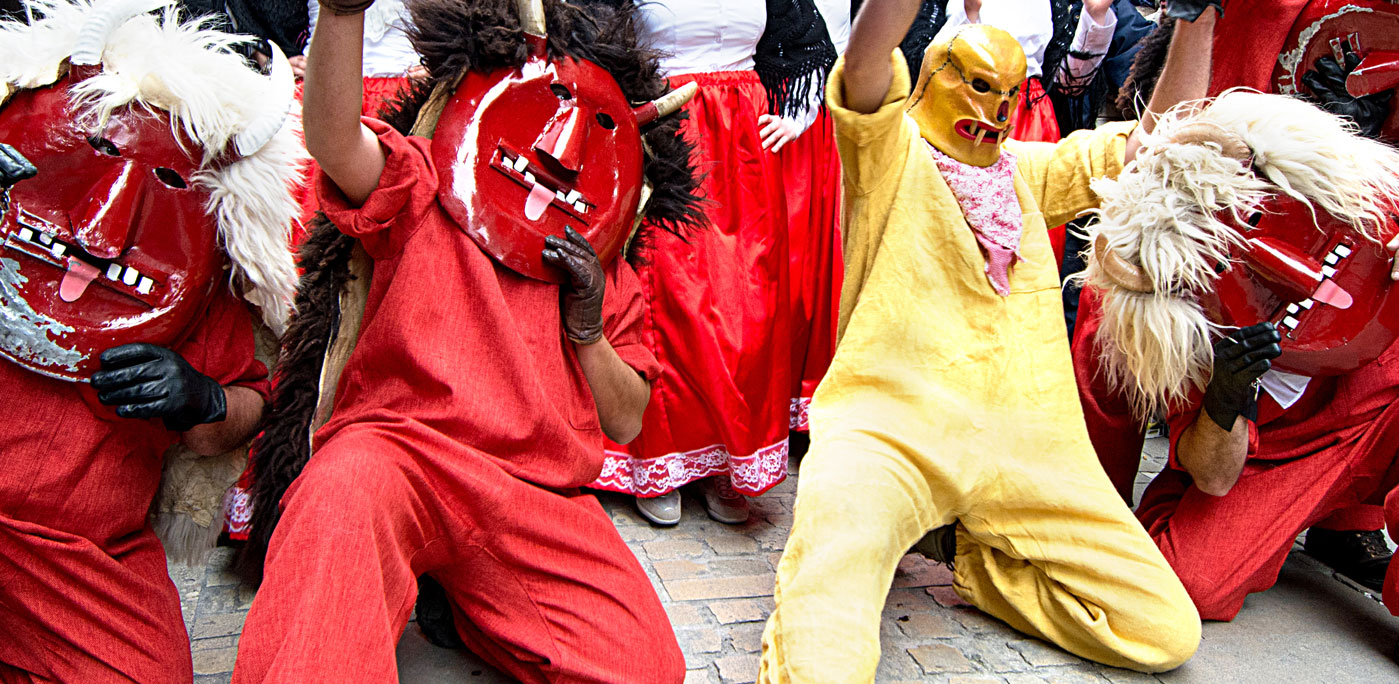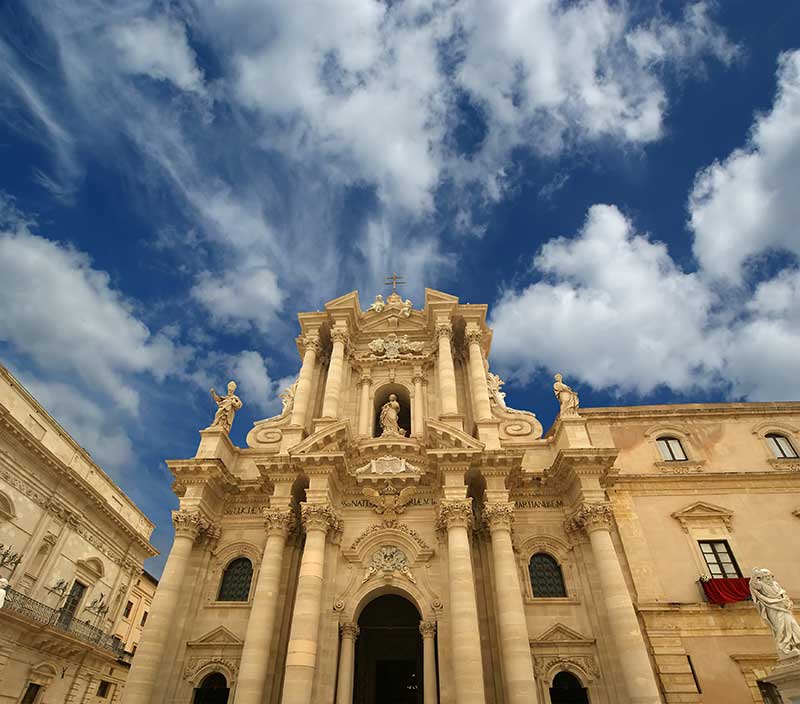On the first weekend of September the wonderful, historic city of Verona, in northern Italy, celebrates a special birthday. The party sees singing, dancing and lots of fancy costumes. And this year it’s commemorating the 1298th birthday of Verona’s most famous daughter; Juliet Capulet, one half of legendary young lovers Romeo and Juliet. But just who was the young girl called Giulietta?
When playwright William Shakespeare penned his tragic love story Romeo and Juliet between 1591 and 1595, one of the star-crossed young lovers was the only daughter of the Capulets who lived in the historic center of Verona. The girl was still in her teens, just turning into a woman, when she fell for Romeo Montague, son of the House of Montagues, also from Verona. But tragedy lay ahead as the two families were sworn enemies.
The story stands as one of the greatest love stories ever written. Its unquestionably one of Shakespeare’s most popular plays and over the years has been turned into countless stage productions and Hollywood films. And the passage of time hasn’t dulled the romance of the doomed lovers so you might be surprised to hear that the story was not old Bill’s own creation.
Giulietta Capuleti and Romeo Montecchi’s love story is a much older tale that’s been told in Italy since at least the 1400s. The first record of the lovers arises in Masuccio Salernitano’s book Il Novellino published in 1478, shortly after his death and although the names have changed, the story is pretty much the same. In Salernitano’s version Mariotto Maganelli and Giannoza Saraceni fall in love in Siena, against their quarelling families’ wishes. They marry secretly but are split with Mariotto escaping to Egypt so Gianozza hatches a plan to slip away to be with him. But it all goes horribly wrong, as with Romeo and our heroine Juliet.
The similarities between the two stories are obvious although how Shakespeare heard the story is lost to history.
Maybe he read a translation of Salernitano’s book? Some even suggest that Shakespeare spent time travelling in Italy as part of a grand tour during his “lost years” when no one can account for his whereabouts. Could it be that William came into contact with the book or the story in person? We may never know the answer to that but one thing is for sure; Salernitano wasn’t the only one setting the tragedy of Juliet, Giulietta or Giannoza to paper.
Fifty years after Salernitano’s tale was printed another Italian author wrote a similar story. This time Luigi da Porta’s protagonists had the same names as Shakespeare’s and the besotted pair migrated from Tuscany to Verona in the Veneto. And again the stories of a secret marriage, sleeping potions and ultimate tragedy matched so maybe William read da Porta’s book or was told the story by someone who had?
In fact Shakespeare could have taken his inspiration from a number of books as there were at least two more versions of Juliet’s life story before William set to work. Italian writer Matteo Bandello rewrote Luigi da Ponte’s story and then the English poet Arthur Brooke turned Bandello’s book into heroic poem in 1562. Brooke’s “Tragicall Historye of Romeus and Juliet” also draws upon a French version of the romance by Pierre Boastuau whose characters Reomeo Titensus and Juliet Bibleotet end their days in Verona.
Or maybe, just maybe, our leading lady’s story was based on truth.
It seems that there were two families in Verona with the names Capuletti and Montecchi during the late 1200s and early 1300s. Legendary Italian writer Dante Alighieri even name checks them in his book on Purgatory talking of a grief shared by the two families. But rather than a domestic family quarrel, Verona was being rocked by an internal civil war between two factions; the Ghibellines and the Guelphs. The bit about the lovers who died for each other still holds, however, so could Romeo and Juliet actually be based on real people or are they just part of a tradition of tragic romances stretching back throughout ancient times?
Ultimately, whoever Giulietta was, the absolute truth has been lost to the mists of time. But for romantics, visitors and the Veronese it hardly matters. Juliet’s story lives on in the center of the city at the old house believed to be the original seat of the House of Capulet. Dreamy singles regularly call in to leave letters for Juliet via the Juliet Club that answers them all, whilst couples continue to propose on her legendary, if fake, balcony. And Verona hasn’t forgotten her legendary daughter either, celebrating her birthday each September, the date of which has been calculated from historical literature. There’ll be singing, theatre, romantic tours and lots and lots of toasting to the young teenager so although her life was cut short, her love story lives on. Good night, good night Juliet, parting is such sweet sorrow!





























